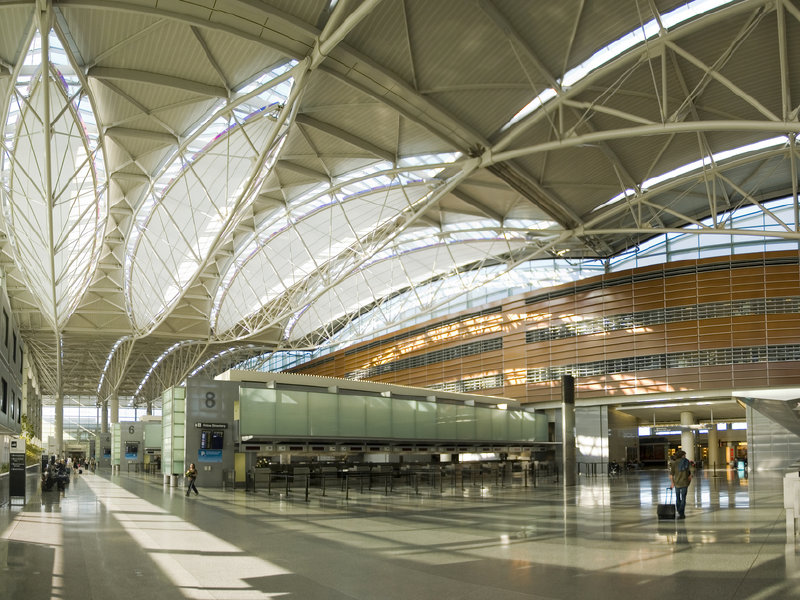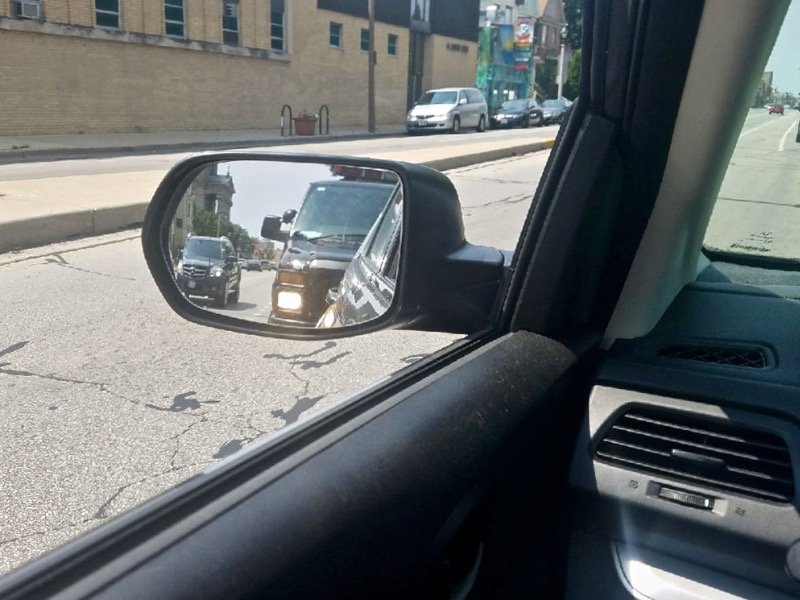With the increased access to technology and further penetration of social media in our world, the first reports from the site of a tragedy will come from social media.
The crash landing of a flight last weekend was another instance in which the reports from mobile phones offering details of what was happening came minutes before a traditional media outlet could broadcast information.
Sheryl Sandberg, the COO of Facebook, used social media to tell family members that she was safe.
"My family, colleagues Debbie Frost, Charlton Gholson and Kelly Hoffman and I were originally going to take the Asiana flight that just crash-landed," she wrote. "We switched to United so we could use miles for my family's tickets."
I think for many, with an event like this happening on the weekend, social media is where we may have first heard of what happened when Asiana Airlines Flight 214 from Seoul, South Korea, crashed at San Francisco International Airport.
I saw my friends and family members post links on Facebook. Then I checked Twitter to track the news updates.
David Eun, an executive with Samsung, sent out a message on Twitter while he was on the runway.
"I just crash landed at SFO. Tail ripped off. Most everyone seems fine. I'm ok. Surreal ..." Eun posted, sharing the @flySFO Twitter handle on his post.
"They're evacuating the injured. Haven't felt this way since 9/11. Trying to help people stay calm. Deep breaths …"
We’ve seen how social media can be another tool for information in the wake of a tragedy.
"It's not new – we've seen this in a dozen other stories over the years – maybe more," Sree Sreenivasan, chief digital officer at Columbia University, told USA Today.
"In this particular case you had just the quality of the information was very high, in part because of all the folks with cellphones right there. You can go in and read about a person's background."
In the cases of the Sikh Temple shooting in Oak Creek or the Azana Salon shooting in Brookfield, it was members of the media themselves that shared the first information of the incidents on social media.
The flight 214 crash was, "the latest chapter in what has become an emerging story for the traditional news media, which has found itself ever-more reliant on social media bulletins and photos for its most immediate and, often, eye-witness coverage of significant breaking news events," wrote Tina Daunt of The Hollywood Reporter.
As it is with social media, we now all have the chance to be the publisher. At times of tragedy, it is immediate where one can simply tell the story of what they see and hear.
When I teach social media at Fox Valley Technical College, I tell my students important things to keep in mind when they post a status update. As a publisher, there is a level of responsibility. We have freedom of press in this country, and often it is misunderstood. With that power comes a responsibility to offer facts, stay away from speculation and clearly state when opinion is being delivered.
In a tragedy, I guess it is easier to stay on task, but as always, we still need to consider the source.
Eun, shaken after living though a tragic crash, did have enough mind to keep calm. On Twitter, he did share this:
"Lots of activity here. Friends, pls don't call right now. I'm fine."
Media is bombarding us everywhere.
Instead of sheltering his brain from the onslaught, Steve embraces the news stories, entertainment, billboards, blogs, talk shows and everything in between.
The former writer, editor and producer in TV, radio, Web and newspapers, will be talking about what media does in our community and how it shapes who we are and what we do.







